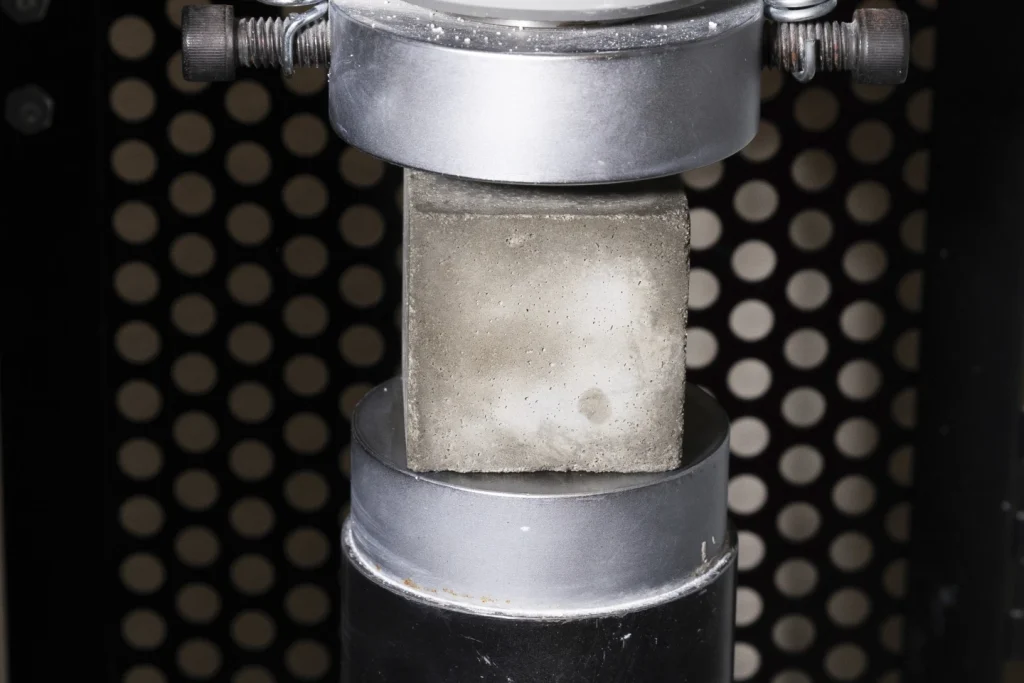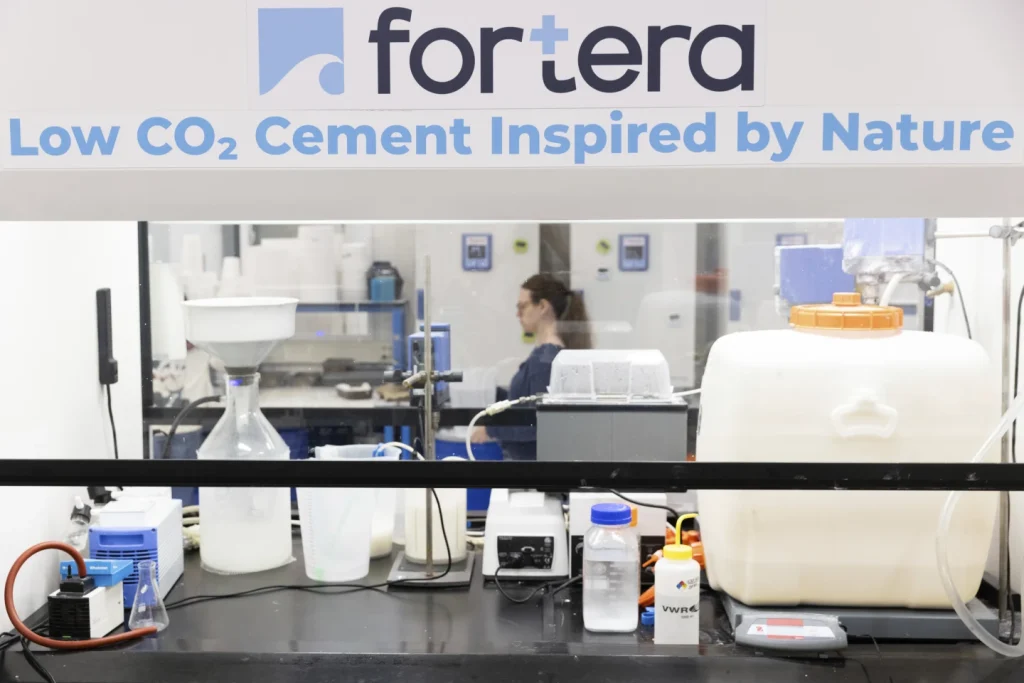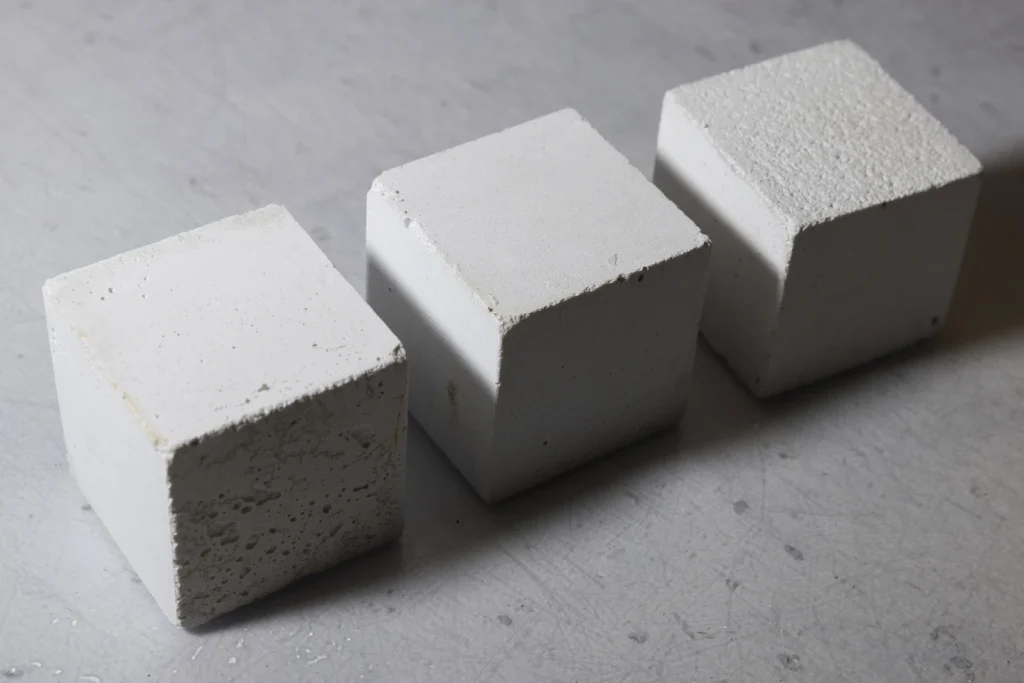The production of concrete, a key component in the construction of buildings and roads, has emerged as a significant contributor to climate change.
As the world undergoes rapid development, the demand for concrete is escalating, further exacerbating the environmental impact of this material.
Concrete production is responsible for approximately 8% of global carbon dioxide emissions, making it imperative to find innovative solutions to mitigate its environmental footprint.
One promising development in this field comes from a California-based startup that has pioneered a technology aimed at reducing carbon dioxide emissions during the cement manufacturing process.
Fortera, the company behind this groundbreaking technology, has devised a method to capture carbon dioxide exhaust from cement kilns and recycle it to produce additional cement.
This innovative approach not only reduces carbon emissions but also has the potential to be implemented on a large scale.
The first commercial application of Fortera’s technology is set to take place at a CalPortland facility in Redding, California, one of the largest cement plants in the western United States.
This marks a significant milestone in the quest to make concrete production more environmentally sustainable. By incorporating Fortera’s technology, CalPortland aims to reduce carbon emissions by blending the low-carbon cement produced by Fortera with its existing product.
The initial blend is expected to result in a 10% reduction in carbon emissions, with plans to introduce higher blends that could achieve reductions of 40-50%, as well as a pure product with a 70% lower carbon footprint.

The journey of Fortera traces back to its predecessor, Calera, which was a pioneer in converting carbon dioxide into cement as early as 2007.
Despite its early successes in producing low-carbon cement, Calera faced financial challenges and ceased operations in 2014. Drawing upon the knowledge and experience gained from Calera, Ryan Gilliam, the CEO of Fortera, founded the company in 2019 with a team of former Calera employees.
This continuity in expertise has been instrumental in the development and refinement of Fortera’s innovative technology.
Gilliam envisions Fortera’s technology as a versatile and widely applicable solution that can be implemented in cement plants across the globe.
With cement plants scattered every 250 miles worldwide, the potential for widespread adoption of this technology is immense.
Moreover, the proximity of these plants to limestone quarries, coupled with the compatibility of Fortera’s technology with existing industry practices, positions it as a cost-effective and efficient solution for reducing carbon emissions in the cement production process.
The deployment of Fortera’s technology at the CalPortland facility in Redding represents a significant step towards addressing the environmental challenges posed by concrete production.
By harnessing innovation and leveraging existing infrastructure, Fortera is paving the way for a more sustainable future in the construction industry.
As the demand for environmentally friendly construction materials continues to rise, solutions like Fortera’s carbon-reducing technology play a crucial role in mitigating the impact of concrete production on our planet’s climate.
The global efforts to mitigate the environmental impact of concrete production have gained significant traction in recent years, with various initiatives and regulations aimed at reducing carbon emissions associated with the construction industry.
Fortera, among other innovative solutions, is at the forefront of developing technologies to address the climate impact of concrete.

The American Institute of Architects plays a crucial role in educating major architecture firms worldwide about the carbon footprint of building materials, fostering a more sustainable approach to construction.
Jurisdictions like Vancouver, British Columbia, have implemented building standards that promote the use of lower-carbon concrete, while California has set ambitious targets for reducing greenhouse gas emissions from the cement industry.
The state’s legislation mandates a 40% reduction by 2035 and aims for net-zero emissions by 2045, signaling a strong commitment to environmental sustainability.
The First Movers Coalition, comprising over 90 companies, has launched an initiative to drive demand for low-carbon cement through their collective purchasing power.
Additionally, leading cement and concrete manufacturers have pledged to transition to carbon-neutral production by 2050 under the Global Cement and Concrete Association, focusing on emission reduction strategies and carbon capture technologies.
Concrete, being the second most utilized product globally after water, plays a fundamental role in modern society. Cement, which constitutes a significant portion of concrete’s emissions, poses a challenge due to its high carbon footprint.
Despite efforts to find alternatives, the unique properties of concrete, such as durability and strength, make it indispensable in construction applications.
Fortera’s innovative technology offers a promising solution by capturing carbon dioxide emissions from cement production and converting them into a solid material called ReAct.
This eco-friendly alternative reduces energy consumption and carbon emissions compared to traditional cement manufacturing processes.
While current regulations limit the use of ReAct to a 15% blend in concrete, Fortera aims to develop a 100% ReAct product that meets international standards, albeit with a lengthy regulatory approval process.
As cement consumption surges in regions like Southeast Asia and Africa, global cooperation is essential to address the climate impact of concrete production.

The United States, along with other industrialized nations, must lead by example and support developing countries in adopting sustainable technologies to combat carbon emissions from cement manufacturing.
The urgency of reducing emissions from the cement industry is emphasized as a critical global challenge that demands immediate action to safeguard the environment and ensure a sustainable future for generations to come.

